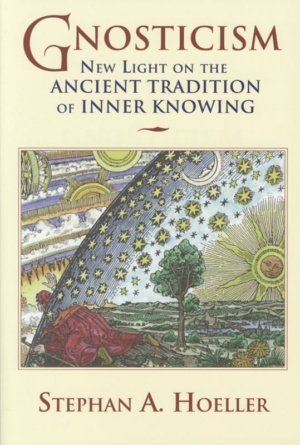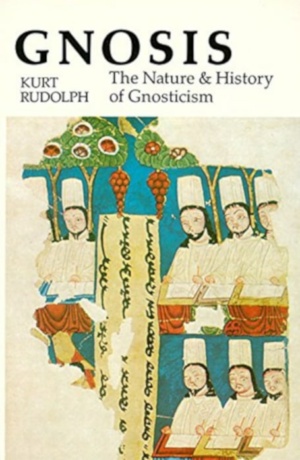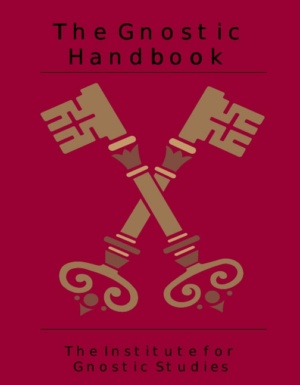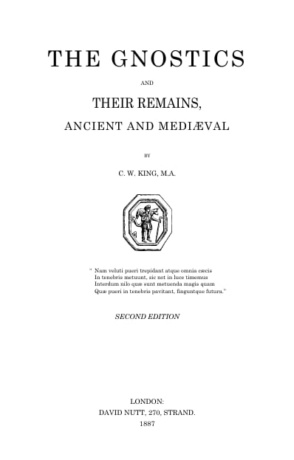21.11.2020
21.11.2020
“Gnosis: The Nature and History of Gnosticism” by Kurt Rudolph
21.11.2020
“The Gnostic Handbook” by Institute for Gnostic Studies
21.11.2020
“The Gnostics and Their Remains, Ancient and Mediaeval” by Charles William King
21.11.2020





